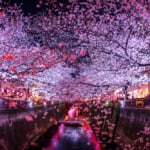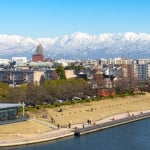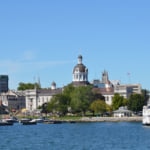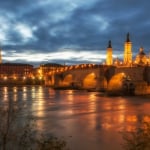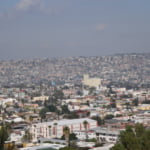Name: Former Residence of Yukichi Fukuzawa & Fukuzawa Memorial Hall
Address: 586 Rusui-cho, Nakatsu City, Oita Prefecture
Official Related Website: http://fukuzawakyukyo.com/
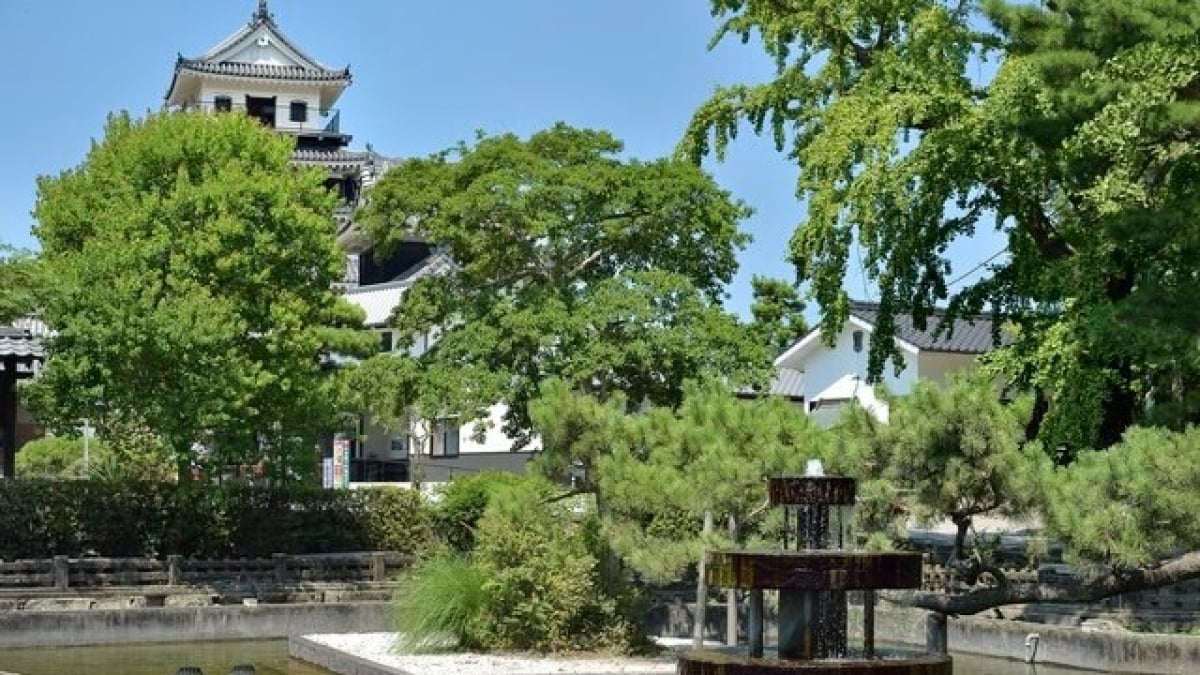
Feel Deeply the Atmosphere of the Past. 5 Historical Sightseeing Spots in Oita Prefecture
Experiencing the world you learned about in history class up close and reflecting on the traces of that time is one of the joys of travel.
Oita Prefecture is home to many historical spots where you can enjoy such experiences. There are places where the original form has been preserved, and places where you can look back on history while gazing at breathtaking views—these spots are full of distinctive characteristics.
In this page, we introduce 5 popular historical spots in Oita Prefecture.
table of contents
[x] close
Feel Deeply the Atmosphere of the Past. 5 Historical Sightseeing Spots in Oita Prefecture
1. Former Residence of Yukichi Fukuzawa & Fukuzawa Memorial Hall
Even if you do not know much about Yukichi Fukuzawa, it is well known that he is the person depicted on the 10,000 yen banknote.
This is the spot where you can learn more about Yukichi Fukuzawa: the “Former Residence of Yukichi Fukuzawa & Fukuzawa Memorial Hall.”
The former residence was where Fukuzawa Yukichi’s father lived. Although the building no longer exists, you can view the site as a historic property.
In addition, the Fukuzawa Memorial Hall is adjacent, so you can also visit the memorial hall. The Fukuzawa Memorial Hall is a two-story building. The first floor features an exhibition arranged in chronological order that covers the course of Fukuzawa Yukichi’s life, while the second floor displays various materials.
2. Hijijō Ruins (Yōkoku Castle)
Oita Prefecture is home to several spots rich in historical flavor.
The Hijijō Ruins (Hijijōshi) are one such spot. They are also known as Yōkoku Castle.
In recognition of his achievements in the Battle of Sekigahara, Kinoshita Nobutoshi, the first feudal lord of the Hijihata Domain, built Hijijō Ruins in 1602 and entered the castle. With the Meiji Restoration, it is now a ruin. However, the remains of the main keep, castle walls, and moats are well preserved.
Also, because it is located at a slightly elevated area, the view from Hijijō Ruins is very beautiful. In spring, the surrounding cherry blossoms are in full bloom, making it a popular spot for hanami (cherry blossom viewing).
Name: Hijijō Ruins (Yōkoku Castle)
Address: 2610 Ninomaru, Hijimachi, Oita Prefecture
Official Related Website: http://hijinavi.com/watching/hiji-castle/
3. Nakatsu Castle
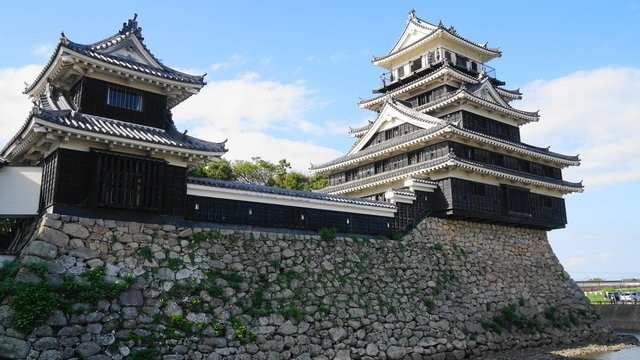
Nakatsu Castle was entered in 1717 by Okudaira Masanari, the seventh generation of the Okudaira family, and it existed in the town for 154 years. Since then, it has been loved by local people as a symbol of the town. However, it was burned down during the Satsuma Rebellion in 1877.
Later, with the cooperation of the former feudal lords of the Okudaira family and citizens of Nakatsu, the main keep was reconstructed. It is now known as a tourist spot, and the main keep houses a historical museum. The museum exhibits many rare and valuable items on public display, which is quite unusual.
Name: Nakatsu Castle
Address: Nakatsu Honmaru, Ninoto-cho, Nakatsu City, Oita Prefecture
Official Related Website: http://www.nakatsujyo.jp/
4. Kamezuka Kofun Park
The nationally designated historic site, Kamezuka Kofun, is a tumulus built in the 5th century. There is a park surrounding it, and a museum related to Kamezuka Kofun has been constructed.
The size of Kamezuka Kofun is approximately 120 meters in total length, with the anterior portion having a height of 7 meters and the posterior portion a height of 10 meters. It is the largest keyhole-shaped tumulus in Oita Prefecture.
A notable feature is that cylindrical haniwa lined the posterior portion, and in the central part of the posterior portion, as a burial facility, two stone coffins were housed. Inside the stone coffins, there was space for burial goods, and around 300 burial items have been excavated from there.
Because Kamezuka Kofun is near the sea, it indicates that the people living in the coastal area centered their lives around the sea.
Name: Kamezuka Kofun Park
Address: 646-no-1, Oaza Sato, Oita City, Oita Prefecture
Official Related Website: http://www.city.oita.oita.jp/www/contents/1014947779619/
5. Aoi no Dōmon
The Aoi no Dōmon, which is said to have been excavated by Zenkai Oshō, is known as a scenic spot.
On his journey of pilgrimage, Zenkai Oshō stopped by Yabakei. Yabakei is also known as a dangerous place where many people and horses lost their lives.
Seeing this, Zenkai Oshō gathered funds and, together with hired stonemasons, excavated using only chisels and hammers over a long period of 30 years to create the Aoi no Dōmon.
Name: Aoi no Dōmon
Address: Sogi, Hon-Yabakei-cho, Nakatsu City, Oita Prefecture
Official Related Website: http://www.city-nakatsu.jp/kankodocs/2013080200107/
◎ Summary
Among the sightseeing spots in Oita Prefecture, we introduced historical spots with strong connections to both Japan and Oita Prefecture.
From Yukichi Fukuzawa to castles, these spots with intriguing highlights are places that history enthusiasts should visit at least once.
In addition to the standard travel attractions such as hot springs, be sure to also visit these historical spots.
RELATED ARTICLES
REGIONS
CATEGORIES
FEATURED ON Oita
-
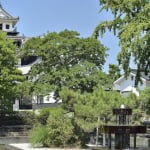
A Castle Town Where You Can Enjoy Both Gourmet Food and Nature! 10 Sightseeing Spots in Nakatsu
-
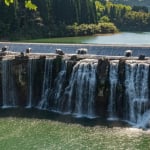
There Are Two “Niagaras” in Oita! Discover the Spectacular Chinda Falls and Harajiri Falls
-
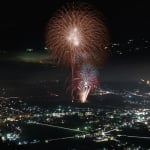
Introducing 4 Festivals in Yufu City, Oita Prefecture! Focus on Festivals at the Onsen Spots!
-

[Comparison of 3 Ferry Companies] What Are the Affordable Ferry Rates from Osaka to Kyushu? Check Out the Boarding Time, Timetable, and Make Your Reservation Here!
MOST POPULAR ON Oita
-
 1
1Doha: Must-see Attractions in the Capital of Qatar
-
 2
2Toronto: 10 Things to do in this Picturesque Canadian City
-
 3
3Amarillo: A City Famous for It’s Amazing Canyons, Great History and Music
-
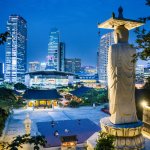 4
4South Korea: Dazzling Scenery, Rich Culture and Fascinating History
-
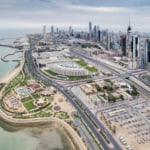 5
5Kuwait: A Country in Middle East Asia Famous for Hot Sand Dunes and Stunning Cityscape

